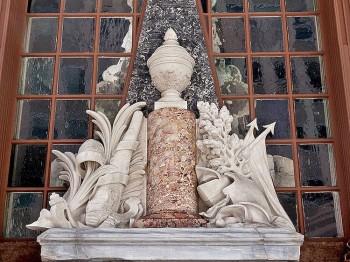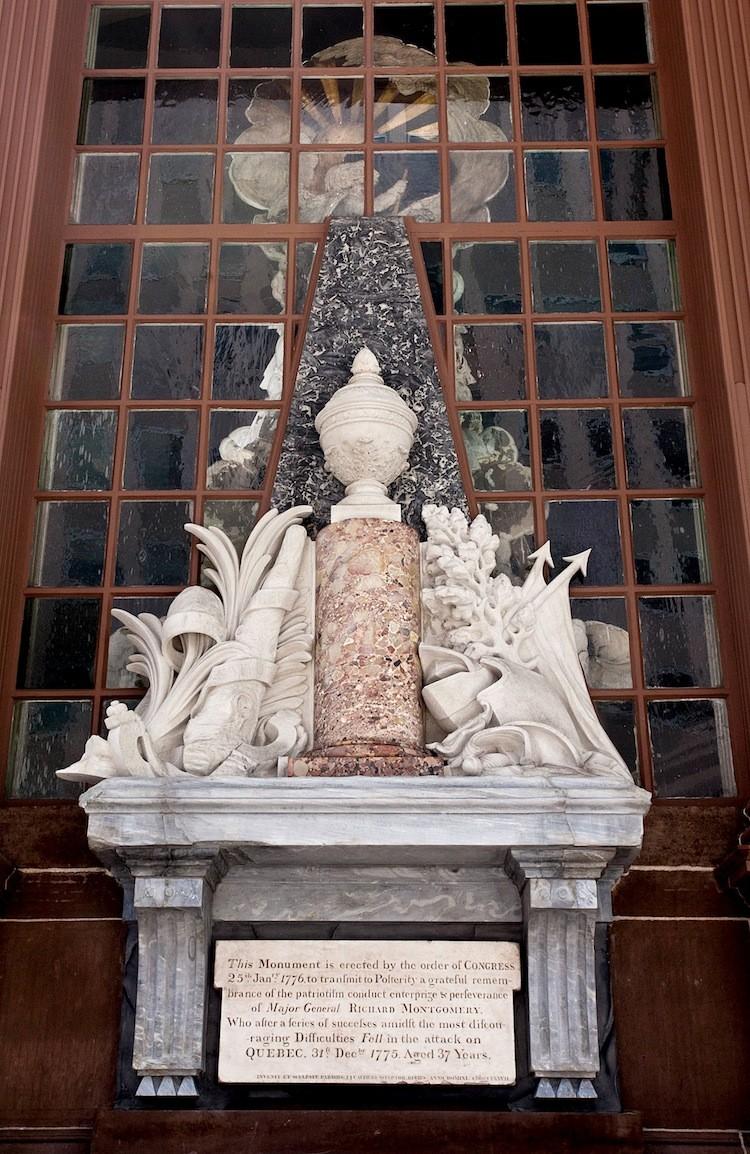Nation’s First Monument Restored
The nation’s first monument returned to its original location at the base of a grand window outside St. Paul’s Chapel in Lower Manhattan on Wednesday.

RESTORATION: A monument created for Revolutionary War General Richard Montgomery at St. Paul's Chapel in Lower Manhattan has been restored. It is the United States' first national monument. Amal Chen/The Epoch Times
|Updated:






